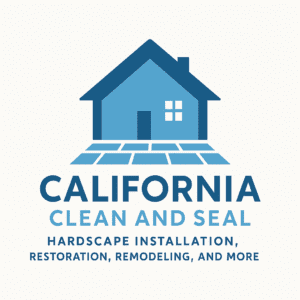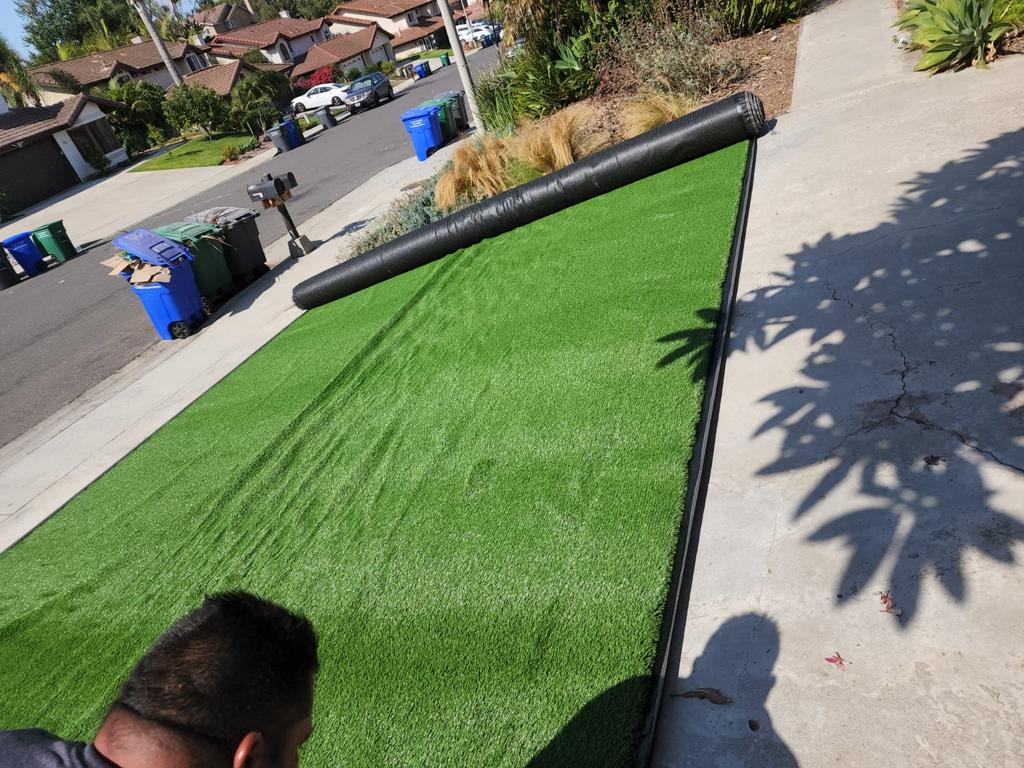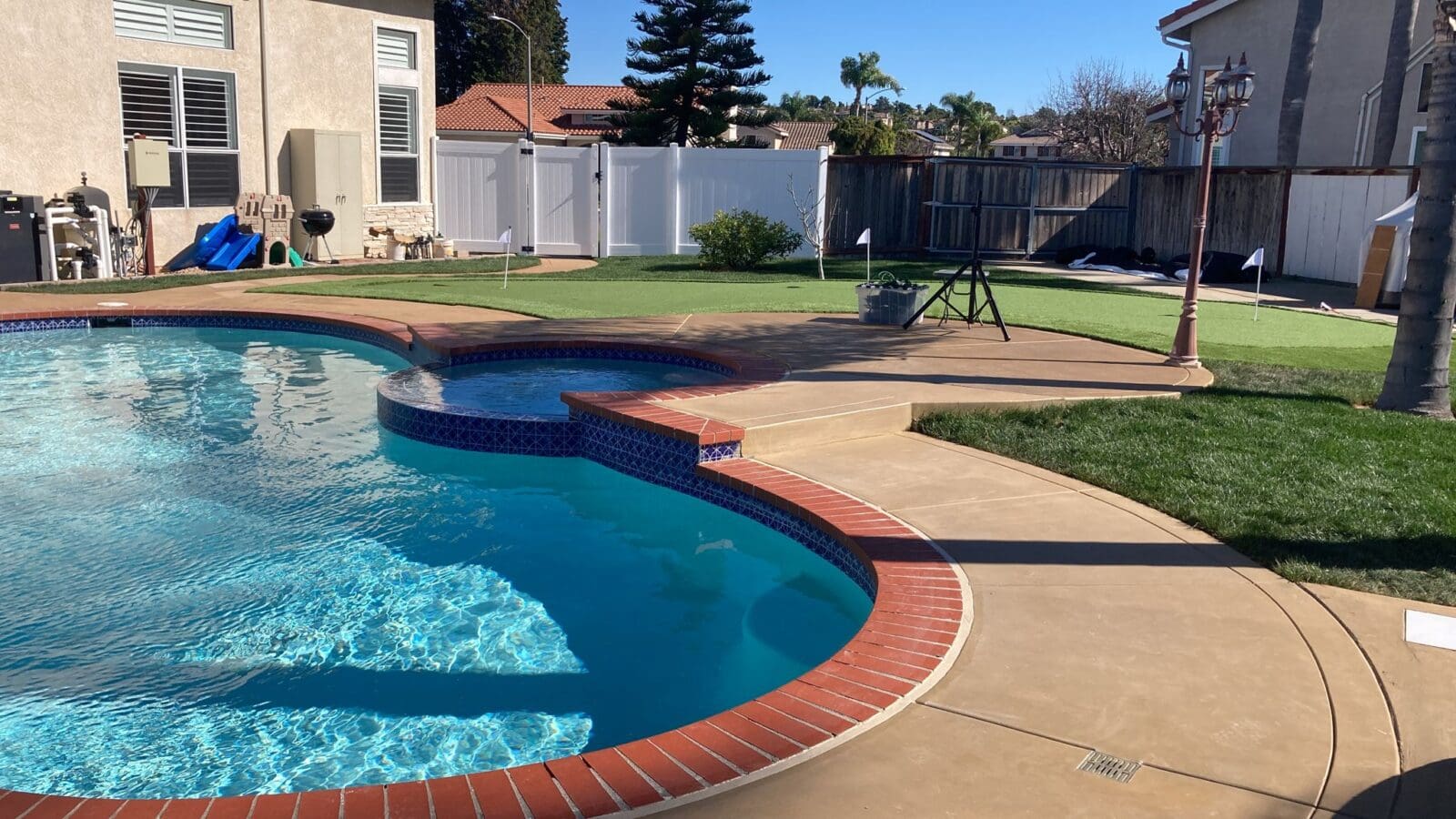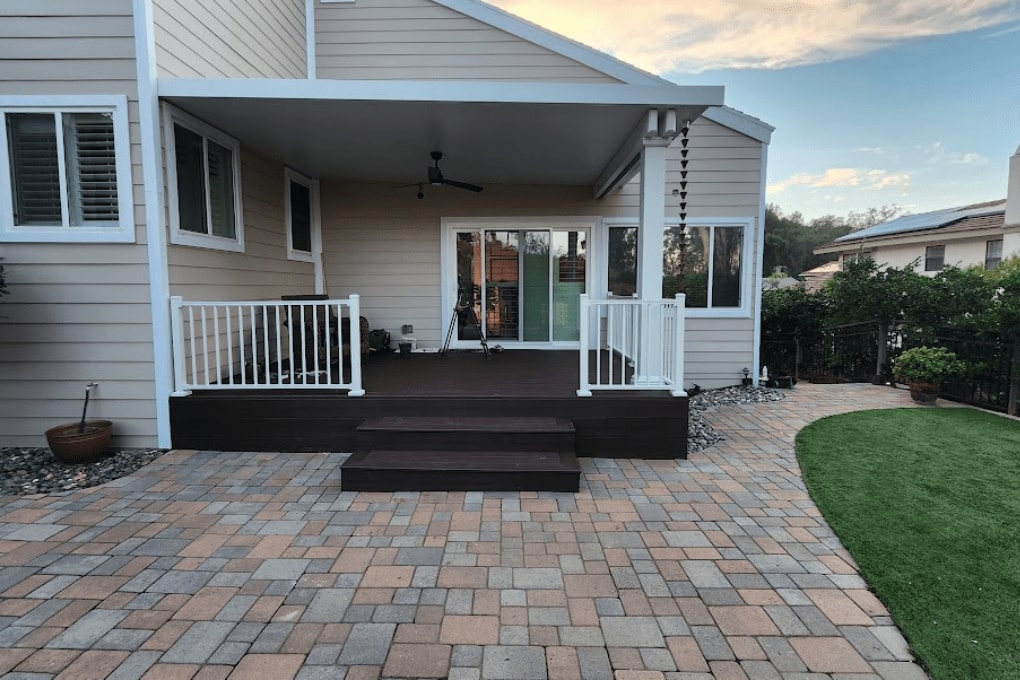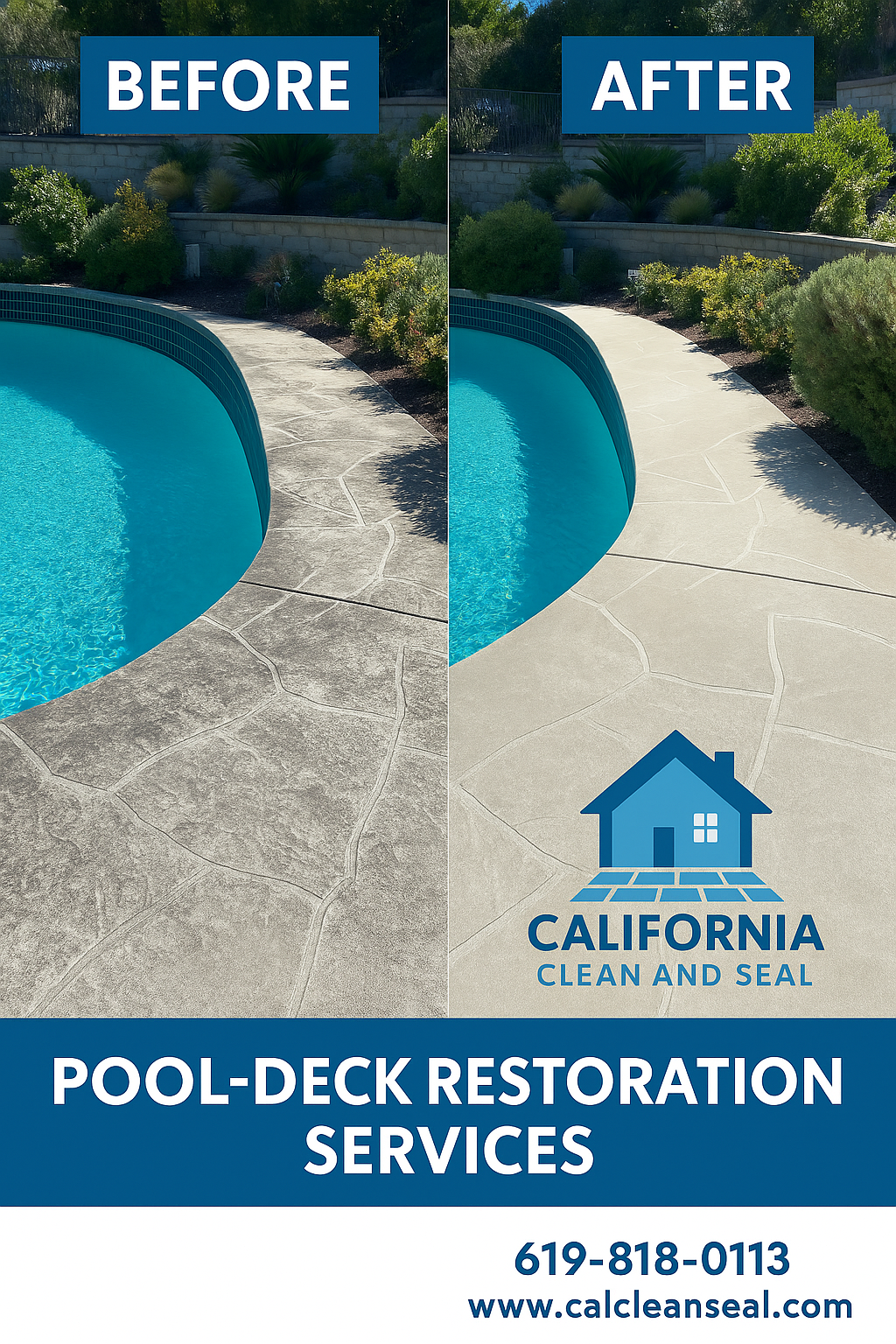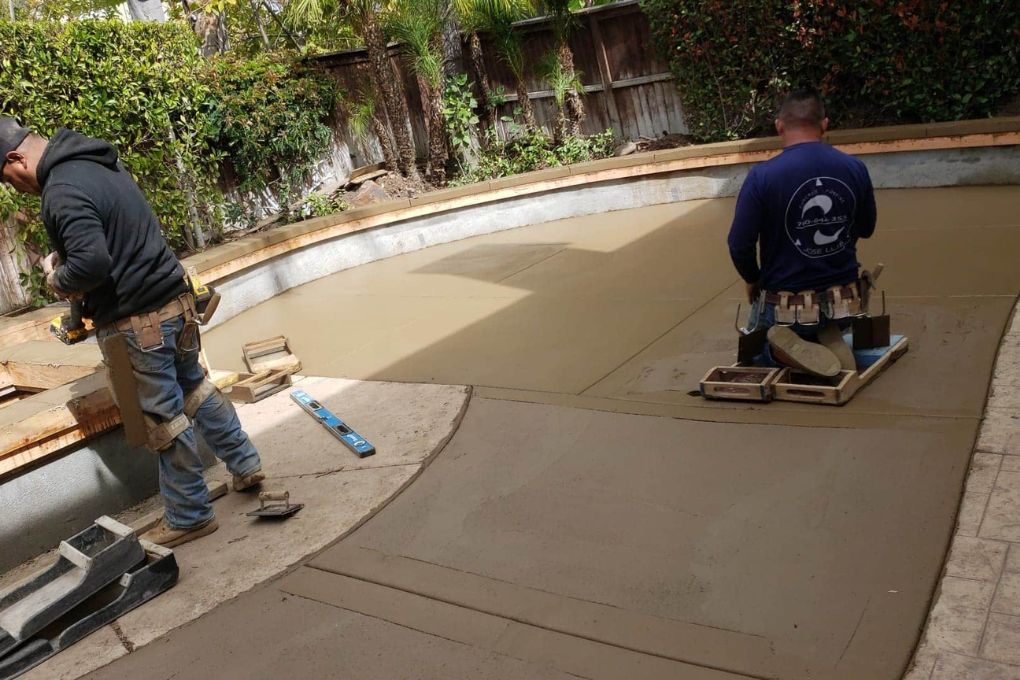How to Choose the Right Artificial Turf in San Diego
Artificial turf, or synthetic grass, is made from durable synthetic fibers that mimic the look and feel of natural grass. Originally developed for sports arenas, it is now popular in residential and commercial landscaping across San Diego due to its low maintenance and long-lasting performance.
Why More Homeowners Are Choosing Turf
Turf offers consistent conditions regardless of weather, making it ideal for lawns, patios, and playgrounds. Homeowners appreciate its slip-resistant surface and reduced risk of injury. It doesn’t require watering, mowing, fertilizing, or pesticide treatments, making it an eco-friendly and cost-effective option.
Is Artificial Turf Worth It?
Synthetic turf has surged in popularity thanks to its aesthetic appeal and functional advantages. It stays green year-round and suits areas with limited sunlight or poor soil. It’s common in parks, golf courses, and even rooftop installations.
However, turf can get hot in summer and may become slippery when wet. Some studies also raise concerns about rubber infill containing potential toxins, though many turf products now offer eco-safe alternatives.
Advantages of Artificial Turf
- Withstands heavy use and requires little maintenance
- Durable in extreme weather and high foot-traffic areas
- Long-term cost savings on water, fertilizers, and upkeep
- Ideal for shaded areas where grass struggles to grow
- Customizable color options to suit your landscape
Disadvantages of Artificial Turf
- Initial installation cost can be high
- Can become hot under direct sunlight
- Slippery when wet if not treated
- May cause skin irritation with extended use
- Some products contain chemicals—always choose certified safe materials
How to Choose the Best Turf for Your Project
- Foot Traffic Needs: High-traffic areas like pet zones need turf with a durable wear rating.
- Pile Height: Taller pile looks lush and soft; shorter pile offers better traction for sports.
- Color Tone: Turf comes in natural olive greens, bright shades, or a mix for realistic looks.
- Infill Quality: Good infill improves cushioning and stability. Choose lead-free and low-toxin options.
- Warranty: Always check the manufacturer’s warranty for coverage and expected lifespan.
Get Expert Turf Installation in San Diego
At California Clean and Seal, we provide professional turf installation tailored to your property’s needs. Whether you’re transforming a backyard, dog run, or rooftop, we’ll help you select and install the right turf.
Contact us today for a free quote. Fast, friendly, and reliable service guaranteed.
